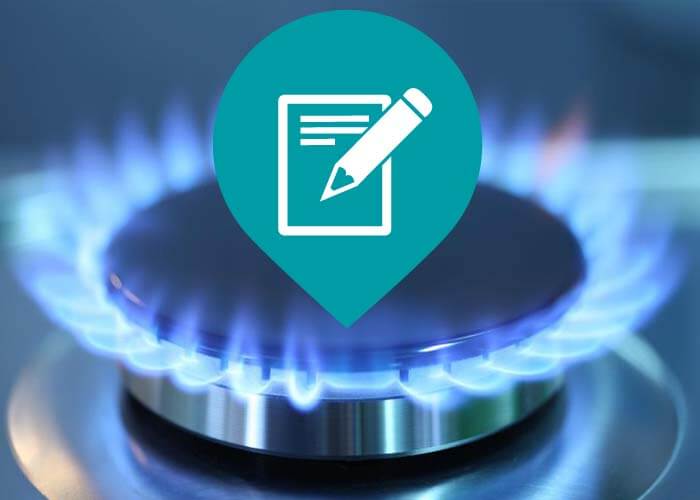
Exactly how Does the Natural Gas Delivery System Work?
Exactly how Does the Natural Gas Shipment System Work?
Gas streaming from higher to decrease pressure is the essential concept of the gas delivery system. The amount of pressure in a pipeline is determined in pounds per square inch.
From the well, the gas goes into "event" lines, which resemble branches on a tree, getting bigger as they get closer to the central collection point.
Celebration Solutions
An event system might require one or more field compressors to move the gas to the pipe or the processing plant. A compressor is a machine driven by an inner combustion engine or generator that creates pressure to "push" the gas with the lines. Most compressors in the gas shipment system utilize a small amount of gas from their own lines as fuel.
Some natural gas gathering systems include a processing center, which executes such functions as removing contaminations like water, co2 or sulfur that may rust a pipe, or inert gases, such as helium, that would certainly decrease the energy value of the gas. Handling plants additionally can get rid of small quantities of propane and butane. These gases are utilized for chemical feedstocks as well as other applications.
The Transmission System
From the event system, the natural gas steps right into the transmission system, which is usually composed of regarding 272,000 miles of high-strength steel piper.
These huge transmission lines for natural gas can be compared to the nation's interstate freeway system for cars. They relocate big amounts of gas countless miles from the creating areas to regional distribution business (LDCs). The pressure of gas in each section of line usually varies from 200 pounds to 1,500 pounds per square inch, depending on the type of area in which the pipe is running. As a safety measure, pipelines are made and constructed to take care of much more stress than is ever before in fact gotten to in the system. For example, pipelines in more populated locations run at less than half of their layout stress level.
Numerous major interstate pipes are "looped"-- there are two or even more lines running parallel to each other in the same right of way. This gives maximum capacity throughout durations of peak demand.
Compressor Stations
Compressor terminals are located approximately every 50 to 60 miles along each pipeline to increase the pressure that is shed through the rubbing of the natural gas relocating through the steel pipeline. Many compressor terminals are totally automated, so the tools can be started Check over here or quit from a pipe's central control space. The control room can additionally remotely operate shut-off valves along the transmission system. The operators of the system keep detailed operating data on each compressor station, as well as constantly readjust the mix of engines that are going to make the most of effectiveness as well as safety and security.
Natural gas actions through the transmission system at approximately 30 miles per hour, so it takes a number of days for gas from Texas to reach an energy receipt factor in the Northeast. Along the way, there are several interconnections with various other pipelines and also other energy systems, which provides system drivers a good deal of adaptability in moving gas.
Linepack
A 50-mile section of 42-inch transmission line operating at about 1,000 pounds of pressure consists of about 200 million cubic feet of gas-- enough to power a kitchen range for greater than 2,000 years. The amount of gas in the pipeline is called the "linepack.".
By raising as well as decreasing the stress on any pipeline segment, a pipe company can use the sector to save gas during durations when there is less demand at the end of the pipe. Making use of linepack this way permits pipe operators to deal with per hour variations popular really efficiently.
Gas pipelines and utilities use really advanced computer models of consumer demand for gas, which relate everyday and per hour consumption patterns with seasonal and ecological factors. That's why clients can depend on the integrity of natural gas-- when it's required, it exists.
Gateway Terminals.
When the gas in a transmission pipe gets to a neighborhood gas energy, it usually goes through a "entrance terminal." Energies often have entrance terminals getting gas at many different areas and also from a number of various pipelines. Gate terminals serve three purposes. Initially, they decrease the pressure in the line from transmission levels (200 to 1,500 extra pounds) to distribution degrees, which vary from 1/4 extra pound to 200 pounds. After that an odorant, the distinct sour scent related to natural gas, is added, to make sure that consumers can smell even small quantities of gas. Ultimately, the gate station measures the flow rate of the gas to establish the quantity being obtained by the utility.